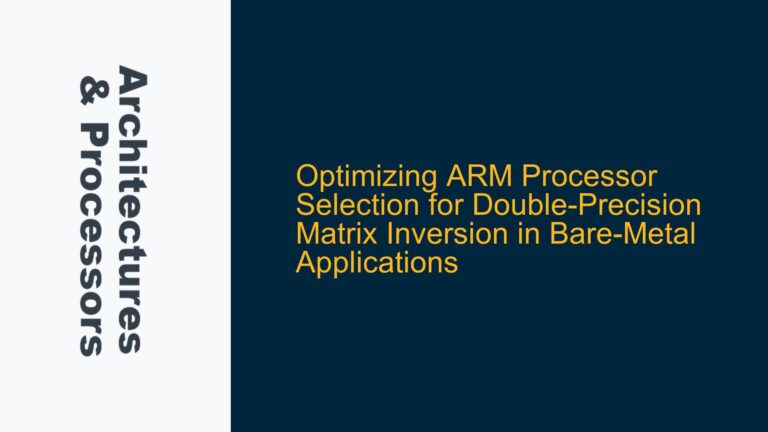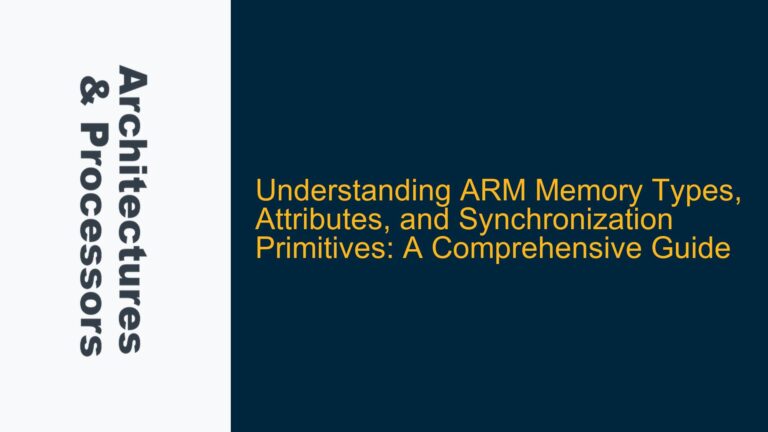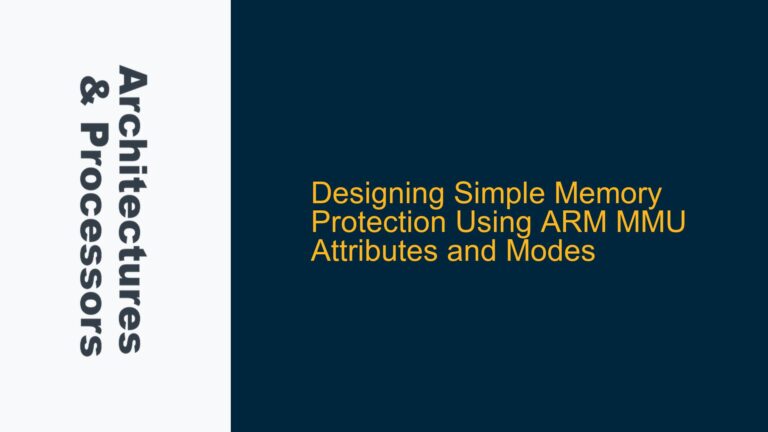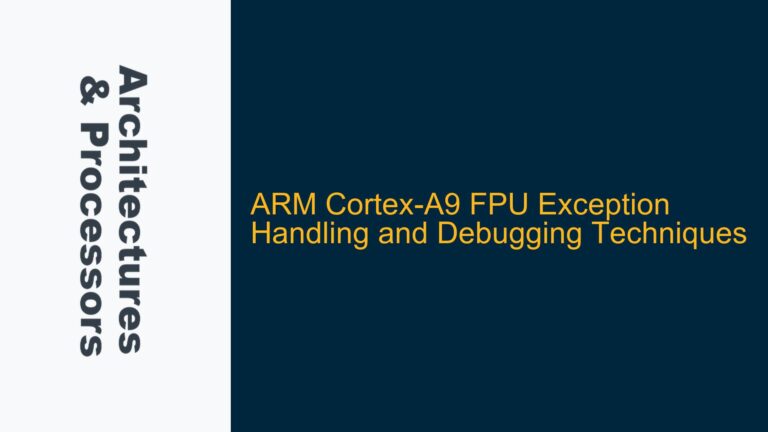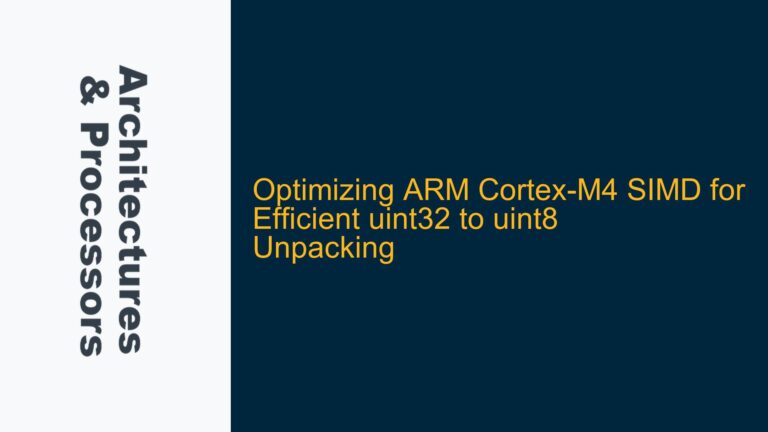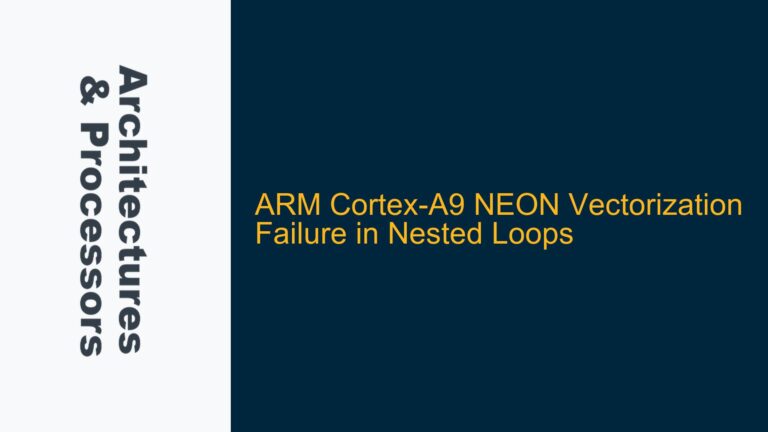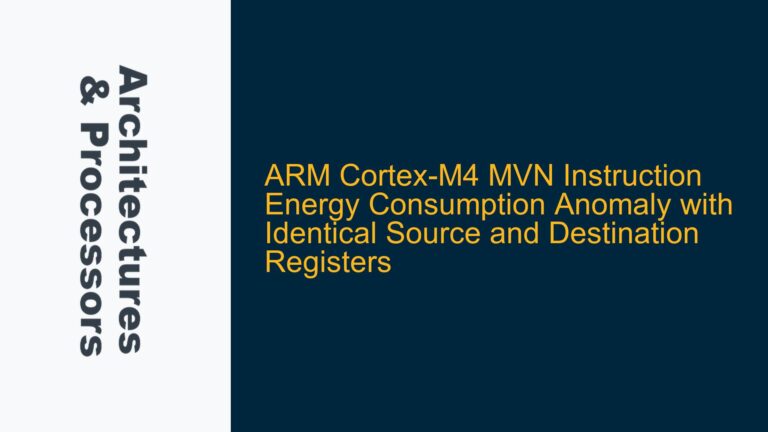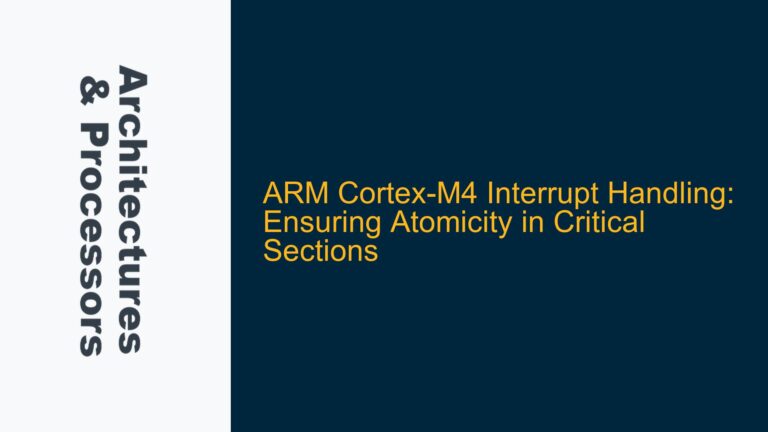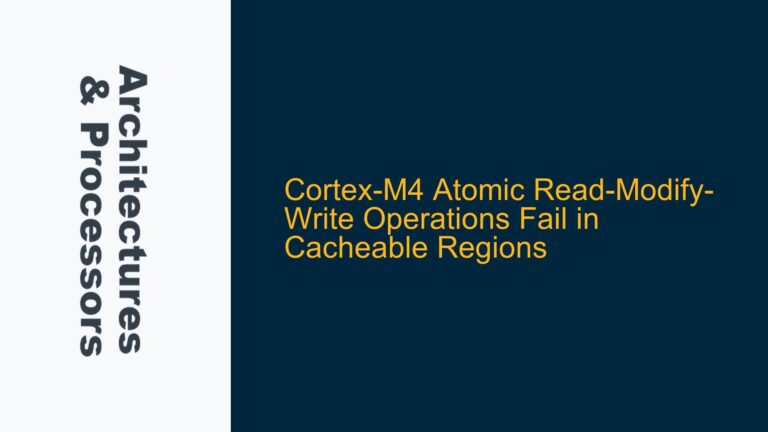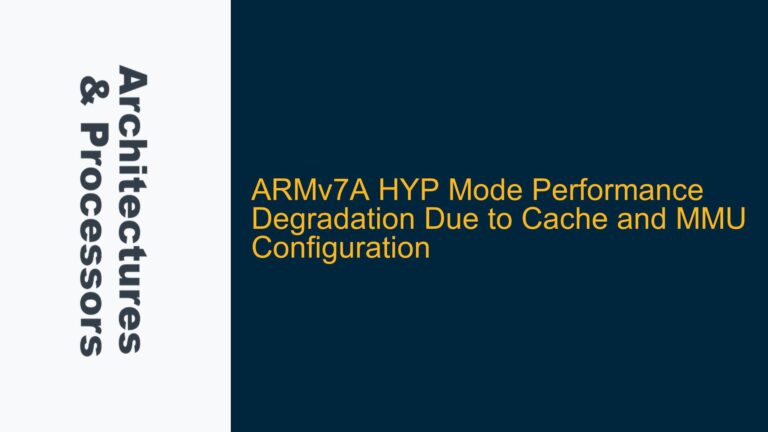Optimizing ARM Processor Selection for Double-Precision Matrix Inversion in Bare-Metal Applications
ARM Cortex-M7 vs Cortex-A Series for Double-Precision Matrix Inversion When selecting an ARM processor for a project involving double-precision matrix inversion using the Cholesky algorithm, the choice between Cortex-M and Cortex-A series processors is critical. The Cortex-M7, while capable of handling double-precision floating-point operations, may not provide the necessary performance for inverting a 1.2MB matrix…
